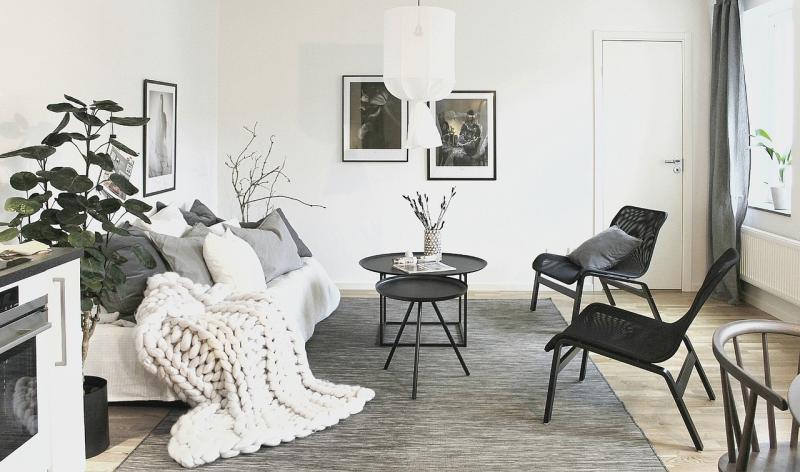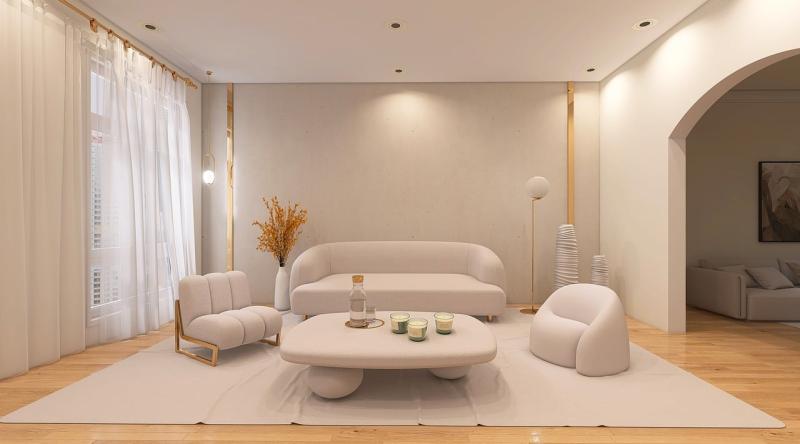The minimalist lifestyle is about simplifying your life by focusing on what truly matters to you. It encourages people to declutter both their physical spaces and mental mindsets. By removing excess belongings and distractions, you create room for experiences, relationships, and personal growth. Understanding how to be a minimalist starts with recognizing the value of less—less stress, less clutter, and more clarity.
At its core, minimalism promotes intentional living. This means making deliberate choices about what you allow into your life. It’s not just about having fewer things; it’s about making space for what brings you joy and fulfillment. When you learn how to be a minimalist, you begin to appreciate the qualities of your surroundings and prioritize meaningful connections over material possessions.
Many people think minimalism is only about owning a certain number of items or living in a stark, empty space. However, it’s much more flexible than that. Minimalism can be tailored to fit your unique lifestyle and preferences. For some, it might mean a cozy home with only a few cherished possessions. For others, it could involve a travel-focused approach, opting for experiences rather than things. Discovering how to be a minimalist can be a personal journey that reflects your values and priorities.
Ultimately, embracing minimalism is about finding peace and happiness in simplicity. It encourages mindfulness and gratitude, inviting you to slow down and appreciate the world around you. By learning how to be a minimalist, you empower yourself to make choices that align with your true self, leading to a more meaningful and satisfying life.
Benefits of Minimalism for Everyone
Minimalism is more than just a design principle; it’s a lifestyle choice that can bring numerous benefits to everyone. One of the most significant advantages of adopting a minimalist approach is the reduction of stress and clutter in your life. By simplifying your environment, you can create a calming space that helps you focus on what truly matters. When you learn how to be a minimalist, you free yourself from the distractions of excess belongings and unnecessary commitments, allowing for a more peaceful state of mind.
Another benefit of minimalism is improved financial health. When you embrace a minimalist lifestyle, you become more intentional about your spending habits. This means you'll likely prioritize experiences over things, which often leads to greater satisfaction. As you learn how to be a minimalist, you may find yourself saving money by purchasing only what you genuinely need and eliminating impulse buys. Over time, this disciplined approach can help build a stronger financial foundation.
Additionally, minimalism encourages personal growth and self-discovery. By letting go of material possessions, you create space to explore your passions and values. This process helps you identify what brings you joy, allowing you to invest your time and energy into activities and relationships that enrich your life. Understanding how to be a minimalist can lead you on a journey of self-reflection, making you more aware of what truly fulfills you.
Finally, embracing minimalism fosters a greater connection to the environment. As you learn how to be a minimalist, you may become more conscious of the impact your choices have on the planet. By choosing to own fewer items and supporting sustainable practices, you contribute to a healthier Earth. This alignment with eco-friendly values not only benefits the planet but can also enhance your overall sense of purpose and fulfillment.
Simple Steps to Start Today
Starting your journey towards minimalism can feel daunting, but it doesn't have to be. By taking simple steps today, you can begin to embrace how to be a minimalist and enjoy a more intentional lifestyle. The key is to start small and gradually incorporate minimalist principles into your daily routine.
First, take a good look around your living space. Identify one area or category of items, like your closet or kitchen gadgets, and commit to decluttering it. Ask yourself if each item adds value to your life. If it doesn't, consider donating or recycling it. This simple action can create a sense of relief and motivate you to tackle other areas in your home, giving you a clearer understanding of how to be a minimalist.
Next, practice mindful consumption. Before purchasing new items, take a moment to reflect on whether you truly need them or if they're just a temporary desire. This shift in mindset is crucial in learning how to be a minimalist. Additionally, consider implementing a waiting period for non-essential purchases. By giving yourself time to think about it, you may find you no longer want the item after a few days.
Finally, simplify your daily routine. Streamline your commitments and prioritize activities that genuinely matter to you. By learning how to be a minimalist with your time, you'll find that you have more energy and focus for the things you truly enjoy. Embrace the freedom that comes from living with less, both physically and mentally.
Maintaining a Minimalist Mindset Long-Term
Another effective strategy is to create routines that prioritize minimalism in your daily life. For example, schedule a monthly decluttering session where you revisit your belongings and decide what to keep, donate, or discard. Incorporating rituals like mindfulness or gratitude can also reinforce your minimalist values. When you take time to appreciate what you have, you cultivate contentment and reduce the urge to accumulate more items.
Community support plays a significant role in maintaining a minimalist mindset. Surround yourself with like-minded individuals who share similar goals. Whether it’s joining an online forum or a local group focused on minimalism, engaging with others can inspire you to stay on track. Sharing tips and experiences can deepen your understanding of how to be a minimalist and encourage you to embrace the lifestyle more fully.
Lastly, remember that minimalism is a personal journey, and it’s okay to adapt the principles to suit your lifestyle. Embrace flexibility and be open to change. As you grow and evolve, so will your understanding of how to be a minimalist. Stay curious and willing to explore new ideas that resonate with you, ensuring that your minimalist mindset remains fresh and fulfilling.



